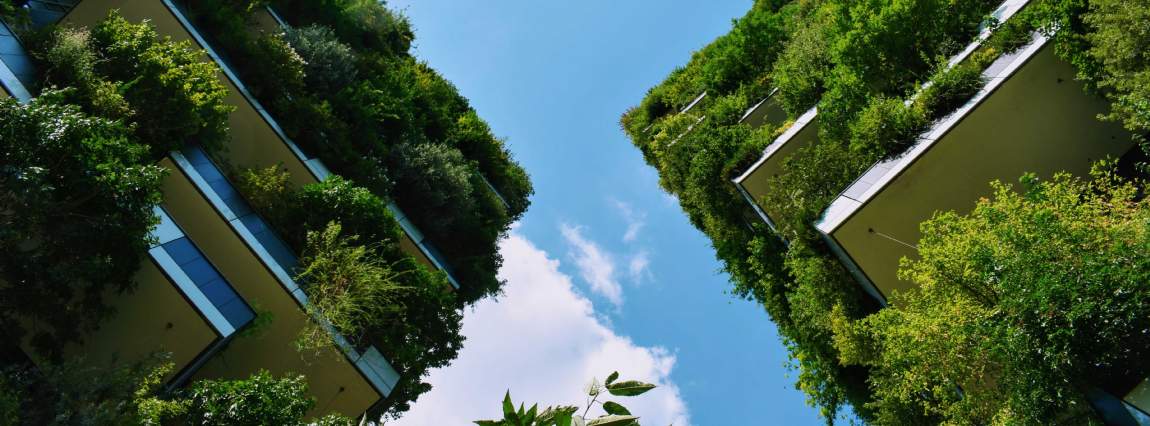At present, real estate is responsible for 40 per cent of global annual CO2 emissions and 40 per cent of natural resource use. At the typical rate of redevelopment, 80 per cent of buildings standing today will still be in use in 50 years’ time. With this in mind, efforts to tackle climate change issues cannot solely focus on design and construction, but rather require more sustainable long-term solutions for existing properties. One such solution is the implementation of green leases.
While there is no standardised method of classifying a lease as ‘green’, it essentially refers to a lease of a property, or a lease supplementary document, that includes clauses which are intended to help manage and improve the environmental and social performance of a building. As a result, both landlords and occupiers can benefit from mitigating sustainability risk and the subsequent improvements.
What are the minimum requirements to make a lease green?
Firstly, it requires a declaration of commitment by both the landlord and the tenant to operate the building sustainably. This includes things such as reducing energy consumption, emissions, resource and waste.
Secondly, there needs to be an agreement in place that sustainability data will be shared in both directions to facilitate optimal performance.
Why use a green lease?
It has been found that the majority of an average commercial building’s greenhouse gas emissions and environmental impacts come from tenant-occupied areas. Consequently, the best way to reduce negative impacts and improve the efficiency and productivity of the whole building is through collaboration. What’s more, the majority of a building’s social value potential comes from landlords and occupiers working together.
A green lease can also do much more than just improve environmental performance and manage compliance. It has the potential to enhance an organisation’s reputation through benchmarking, improve the wellbeing of the building’s occupants, attract and retain talent through shared core values and provide assurance for tenants that their ESG priorities will be met.
Where is a green lease used?
Typically green leases are used for commercial or public buildings, both new and existing. They are currently most prevalent in offices, but the retail sector is following suit. M&S, for example, has been implementing green leases across its portfolio. However, irrespective of the type of property, green clauses can be adapted to meet any and all requirements.
While not widespread yet, the United Nations (UN) Principle for Responsible Investment’s (PRI) Investible Policy Response Project anticipates that governments will significantly step up their policy responses to tackling climate change from 2025 onwards. It notes that compulsory green leases would be a highly effective tool to reach sustainability goals.
Ultimately, green leases could provide the foundation to achieve a quantum shift in how we tackle climate issues. At present, as an industry we still rely on clauses that may well be recognisable to landlords and tenants from as far back as the Great Fire of London in 1666 when full repairing and insuring clauses began, so it could be time to shake things up.

.jpg)
.jpg)




.jpg)
.jpg)

